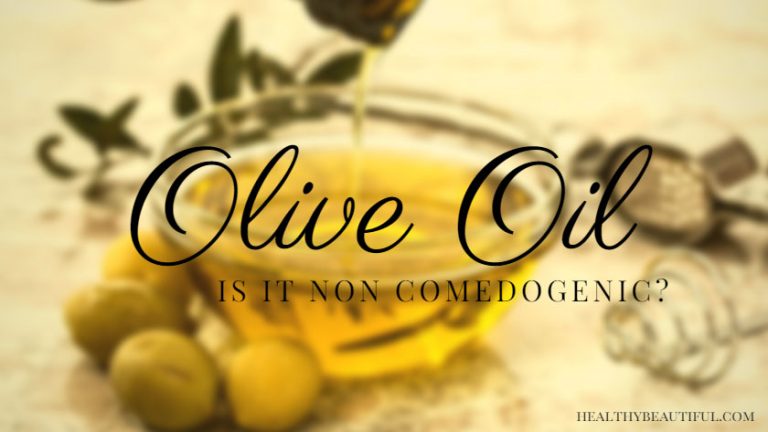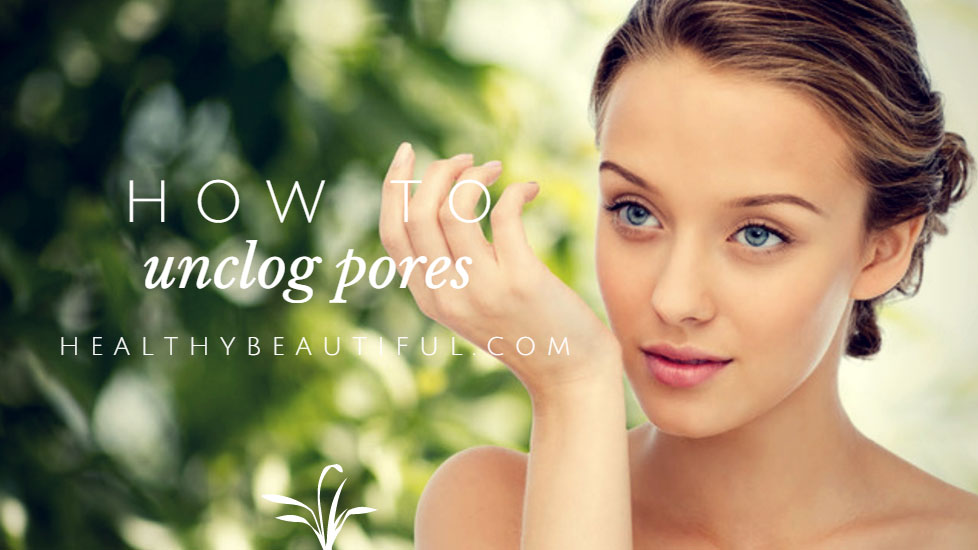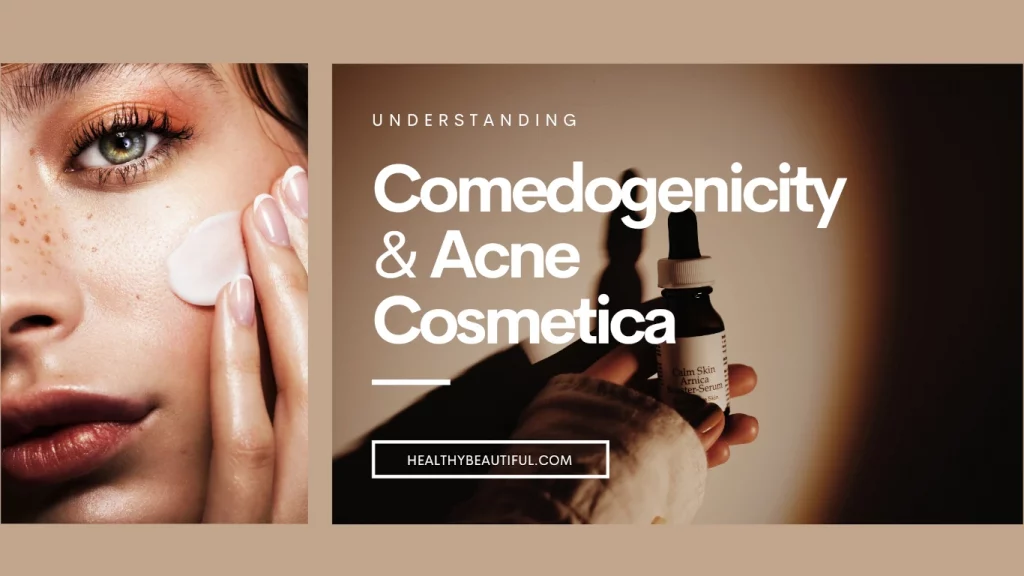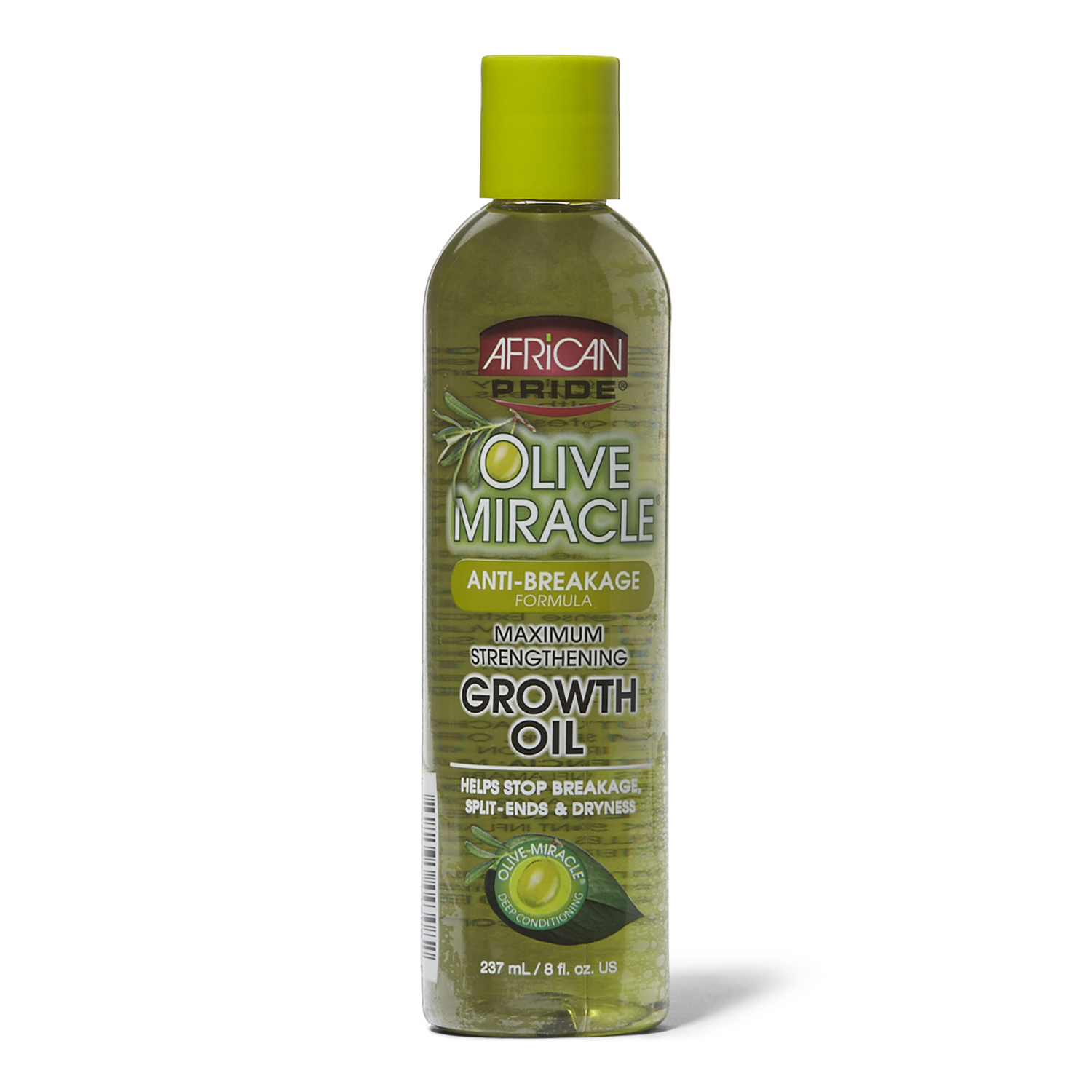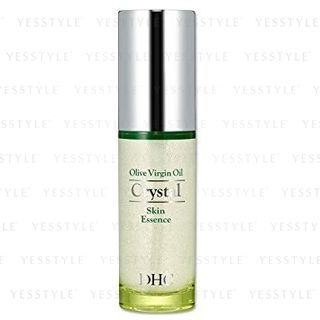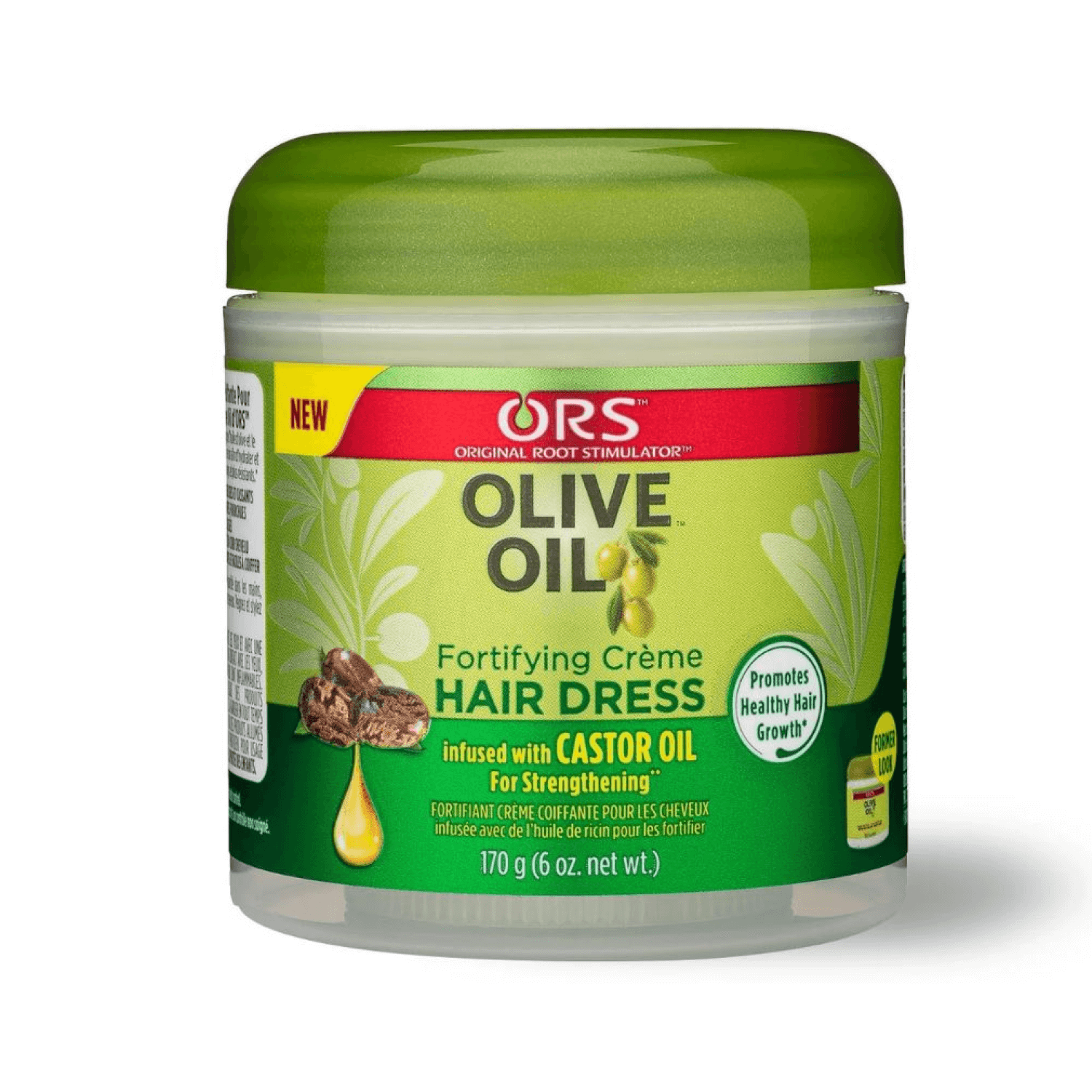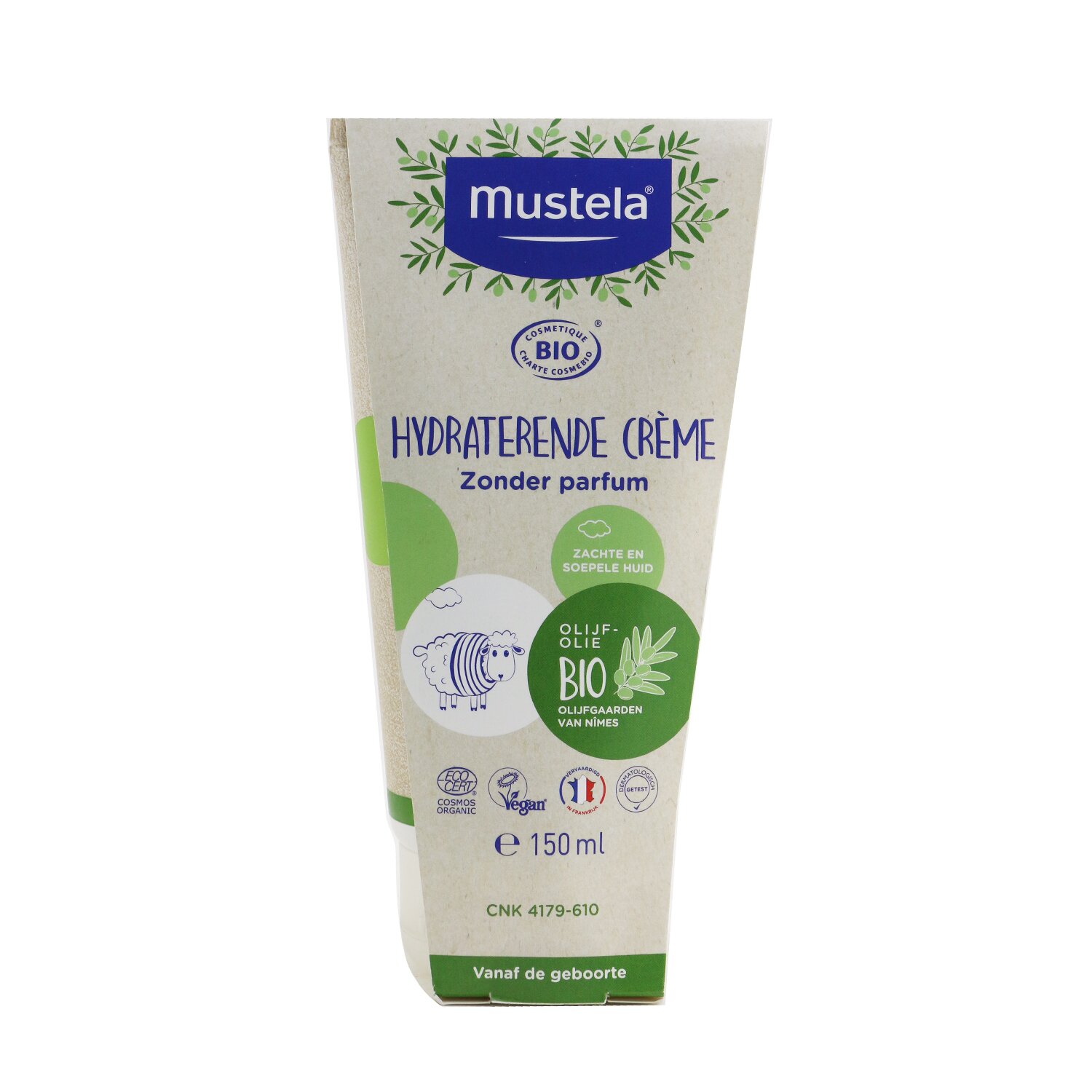Is Olive Oil Comedogenic?
If you’re planning to use this on your skin, the first question will be: is olive oil comedogenic? Olive oil (Olea Europaea fruit oil) is an undiluted vegetable oil that, in its pure form, is moderately comedogenic (Grade: 2).
It’s a comedogenic side effect, however, is reduced when diluted down to 25% concentrations and mixed with mineral oil (which is a non-comedogenic oil with a rating of <2 so it will never clog pores.)
Mineral oil has had a bad reputation but claims that it is unsafe are false false false! Cosmetics-grade and pharmaceutical-grade mineral oil are considered the safest and most hypoallergenic moisturizing ingredients ever found. [3]
All of this misinformation comes from sources discrediting mineral oil because it is a byproduct of petroleum and has a wide range of household uses.
The same can be said for Vaseline‘s petroleum jelly, but just because it has a ton of practical uses around the house does not take away the fact that it is a cheap and very, very effective skin product.
It is also one of the main ingredients for Crème de la Mer, one of the most popular and most expensive moisturizers on the market (a whopping $310 per tub).
In the same vein, mineral oil used in skincare is highly purified and far removed from its raw form. It is USP-NF (US Pharmacopoeia-National Formulary) or BP (British Pharmacopoeia) grade; which means it is acceptable for food, drug, or medicinal use.
It was first introduced in the 1800s and the fact that it is still widely used today is a testament to its safety and efficacy. (I realize I’ve gone off on a tangent about mineral oil but misconceptions are very frustrating!)

Top 6 Steps to Unclog Your Pores & Refine Your Skin
Understanding Comedogenicity & Acne Cosmetica
- Is Olive Oil Comedogenic?
- A Primer on Olea Europaea (Olive) Fruit Oil
- Grades of Olive Oil
- Ask the Expert: How to use olive oil as cleansing oil for acne-prone skin
- What are Other Alternatives to Olive Oil?
- How to Choose the Best Oils for Your Skin
- Comedogenic Oils You Should Avoid:
- Cosmetic Ingredients You Should Avoid:
- Frequently Asked Questions
- References:
A Primer on Olea Europaea (Olive) Fruit Oil
Extra virgin olive oil is packed with antioxidants and has very high nutritional value.
It's rich in omega-3 acids and is one of the healthiest and most beneficial natural oils for anti-aging and skin protection. [1]
Its wide range of compelling uses even includes the prevention of radiodermatitis–an acquired skin disease from overexposure to UV rays commonly seen in patients undergoing chemotherapy. [2]
Olive oil is also a popular natural ingredient in skincare due to its potential benefits for the skin.
Here are some of the most common benefits of using olive oil in your skincare routine:
- Moisturizing – Olive oil is a rich source of fatty acids and antioxidants that help to hydrate and nourish the skin. It's particularly beneficial for dry or sensitive skin, as it helps to soothe and moisturize the skin without clogging pores.
- Anti-aging – Olive oil contains compounds like polyphenols and vitamin E that help to protect the skin from damage caused by free radicals. This can help to prevent premature aging and reduce the appearance of fine lines and wrinkles.
- Anti-inflammatory – Olive oil contains oleic acid, which has anti-inflammatory properties that can help to reduce redness, irritation, and swelling in the skin.
- Antimicrobial – Olive oil also contains antimicrobial compounds that can help to fight off bacteria and other microorganisms that can cause skin infections and breakouts.
Overall, olive oil has the potential to be a valuable addition to your skincare routine due to its moisturizing, anti-aging, anti-inflammatory, and antimicrobial properties.
However, keep in mind that certain grades 0f olive oil can clog pores and cause acne.
In the next section, we'll explore it's comedogenicity in more detail.
Video: How to Use Olive Oil | Skin Care
Grades of Olive Oil
When it comes to choosing for skincare, you should know the different grades of olive oil available.
Olive oil is graded based on several factors, including its method of production, acidity level, and flavor profile.
Here are the most common grades of olive oil and their suitability for skincare:
- Extra-virgin olive oil – This is the highest quality and most expensive type of olive oil, produced by cold-pressing olives without the use of heat or chemicals. Extra-virgin olive oil is rich in antioxidants, vitamins, and fatty acids that are beneficial for the skin. It has a low acidity level (less than 0.8%) and a rich, fruity flavor.
- Virgin olive oil – This is also produced by cold-pressing olives, but with a slightly higher acidity level (up to 2%). Virgin olive oil is an excellent choice for skincare, as it contains many of the same beneficial compounds as extra-virgin olive oil but is generally less expensive. It has a milder flavor than extra-virgin olive oil.
- Pure olive oil – This is a blend of virgin olive oil and refined olive oil, produced using heat and chemicals to extract oil from the olives. Pure olive oil has a higher acidity level than virgin olive oil (up to 3.3%) and a neutral flavor. This is NOT recommended for skincare, as it may contain impurities or chemicals that could irritate the skin.
- Extra-light olive oil – This is the lowest quality and least expensive type of olive oil, produced using a similar process as pure olive oil but with a higher proportion of refined oil. Extra-light olive oil has a very mild flavor and is often used for frying and baking. This is also NOT recommended for skincare, as it's highly refined and may not contain the same beneficial compounds as higher-quality olive oils.
When using it on your skin or for consumption, always use the highest quality organic extra virgin olive oil. These contain more beneficial compounds and are less likely to contain impurities or chemicals that could irritate the skin.
However, keep in mind that even high-quality olive oil can be comedogenic, so it's best to patch-test any new skincare product containing olive oil before using it all over your face or body.
The mineral oil blend mentioned earlier can also leave a greasy feeling on your skin. Think Johnson & Johnson’s Baby Oil, which is basically mineral oil with a tinge of fragrance.
If you dislike this feeling on your skin, you can opt for other non-comedogenic alternatives below.

Ask the Expert:
How to use olive oil as cleansing oil for acne-prone skin
by Samantha Welch, Esthetician
If you have acne-prone skin and would like to use olive oil as a moisturizer or cleansing oil, we recommend:
- Buying organic extra virgin olive oil (which is the highest quality kind), then
- Bending it at a ratio of 1:4 or lower with a cosmetics-grade or pharmaceutical-grade mineral oil before applying it to your skin.
You can use amber bottles with pumps as refillable containers.
What are Other Alternatives to Olive Oil?
If you're looking for alternatives to olive oil, here are some of the most popular alternatives:
- Jojoba oil – This oil is similar in texture to human sebum and is easily absorbed by the skin. It's high in vitamins E and B and minerals like zinc and copper.
- Argan oil – This oil is extracted from the kernels of the argan tree and is rich in antioxidants, vitamin E, and essential fatty acids. Argan oil is a good choice for hydrating dry or damaged skin and can help to reduce the appearance of fine lines and wrinkles.
- Sweet almond oil – This oil is extracted from the kernels of sweet almonds and is rich in vitamin E, fatty acids, and other nutrients. Sweet almond oil is a good choice for soothing dry or irritated skin and can be used on the face, body, and hair.
- Grapeseed oil – This oil is extracted from the seeds of grapes and is rich in antioxidants and essential fatty acids. Grapeseed oil is a lightweight oil that absorbs quickly into the skin and is a good choice for oily or acne-prone skin.
- Coconut oil – This oil is extracted from the meat of coconuts and is high in fatty acids that are beneficial for the skin. Coconut oil can help to hydrate and soften the skin, but it's important to note that it can be comedogenic for some people, so it's best to patch-test before using it all over your face or body.
- Sunflower oil – This oil is light in consistency and rich in vitamins that can help improve skin health. Sunflower oil is a good choice for hydrating dry skin and can be used on the face and body.
- Hemp seed oil – This pure organic oil is good for absorbing vitamin D and can help improve the skin's overall health. Hemp seed oil is rich in essential fatty acids and can help to soothe dry or irritated skin.
- Safflower oil – This oil is highly hydrating to the skin and is popularly used as a carrier oil. Safflower oil is rich in linoleic acid, which can help to soothe inflamed or irritated skin and improve skin texture.
When choosing an oil for skincare, consider your skin type and any specific skin concerns you may have.
Some oils may be more beneficial for dry or mature skin, while others may be better for oily or acne-prone skin.
It's also important to choose oils that are cold-pressed and organic, as these will be free from harmful chemicals and pesticides.
How to Choose the Best Oils for Your Skin
When it comes to choosing the most suitable oil for your skin, there are a few factors to consider.
Here are some tips to help you choose the right oil for your skin type and concerns:
- Consider your skin type – If you have dry or mature skin, you may want to choose more hydrating oils, such as argan oil or sweet almond oils. If you have oily or acne-prone skin, choose lighter oils, such as jojoba or grapeseed, that won't clog your pores.
- Look for cold-pressed and organic oils – Cold-pressed oils are made without heat or chemicals, which helps to preserve their natural nutrients and benefits. Organic oils are free of harmful chemicals and pesticides, which can harm the skin.
- Check the comedogenic rating – The comedogenic rating of an oil refers to how likely it is to clog pores and cause acne. Oils with a high comedogenic rating (such as coconut oil or cocoa butter) may not be suitable for acne-prone skin. In contrast, oils with a low comedogenic rating (such as jojoba oil or argan oil) are less likely to cause breakouts.
- Consider any specific skin concerns – Some oils may benefit certain skin concerns, such as acne, rosacea, or fine lines and wrinkles. For example, tea tree oil is known for its acne-fighting properties, while rosehip oil is high in vitamin C and can help to brighten the skin.
- Patch test before using – Before using a new oil on your face or body, patch test it first. Apply a small amount of oil to your inner arm or behind your ear and wait 24 hours to see if any irritation or allergic reactions occur.
By considering these factors, you can choose the best oil for your skin type and concerns and enjoy the benefits of natural, nourishing skincare.
Comedogenic Oils You Should Avoid:
While natural oils can provide various benefits for the skin, some oils have a higher comedogenic rating than others.
Oils with a high comedogenic rating are more likely to clog pores and cause acne breakouts. Here are some of the most comedogenic oils that you should avoid if you have acne-prone or sensitive skin:
- Coconut oil (comedogenic rating of 4) – Coconut oil is a highly comedogenic oil that can clog pores and cause breakouts, especially for those with oily or acne-prone skin.
- Cocoa butter (comedogenic rating of 4) – Cocoa butter is a thick, heavy oil that can clog pores and cause breakouts, especially for those with oily or acne-prone skin.
- Wheat germ oil (comedogenic rating of 5) – Wheat germ oil is a highly comedogenic oil that can clog pores and cause breakouts, especially for those with oily or acne-prone skin.
- Soybean oil (comedogenic rating of 3) – Soybean oil is a moderately comedogenic oil that can clog pores and cause breakouts, especially for those with oily or acne-prone skin.
- Flaxseed oil (comedogenic rating of 4) – Flaxseed oil is a highly comedogenic oil that can clog pores and cause breakouts, especially for those with oily or acne-prone skin.
If you have acne-prone or sensitive skin, it's best to avoid these comedogenic oils and choose non-comedogenic alternatives instead.
You can keep your skin healthy and radiant by choosing the right oils for your skin type and concerns.
In skincare and cosmetics, it’s not necessarily the presence of a particular type of ingredient that makes one product more comedogenic than the other–it’s the amount of concentration and the mixture of it with other ingredients that are most important.
Cosmetic Ingredients You Should Avoid:
In addition to comedogenic oils, certain cosmetic ingredients can clog pores and cause acne breakouts.
Here are some ingredients to avoid in your skincare products if you have acne-prone or sensitive skin:
- Isopropyl myristate (comedogenic rating 5) – Isopropyl myristate is a synthetic oil commonly used in cosmetics and skincare products to enhance their texture and spreadability. However, it can clog pores and cause acne breakouts, making it unsuitable for acne-prone or oily skin.
- Isopropyl isostearate (comedogenic rating 5) – Isopropyl isostearate is used in beauty products as a skin conditioning agent and humectant to preserve skin moisture. However, it can also clog pores and cause acne breakouts, making it unsuitable for acne-prone or oily skin.
- Cetyl acetate (comedogenic rating 4) – Cetyl acetate is a skin irritant and can cause acne breakouts in some people.
- Acetylated lanolin alcohol (comedogenic rating 4) – Acetylated lanolin alcohol is derived from sheep's wool and is very popular in cosmetics. However, it can clog pores and cause acne breakouts, making it unsuitable for acne-prone or oily skin.
- Oleic acid (comedogenic rating 2) – Oleic acid is an unsaturated fatty acid that is commonly used in moisturizers. While it is generally considered safe, it may clog pores in some people.
- Oleyl alcohol (comedogenic rating 4) – Oleyl alcohol is found in fish oils and is commonly used in detergents and softeners. However, it can clog pores and cause acne breakouts, making it unsuitable for acne-prone or oily skin.
- Oleyl palmitate (comedogenic rating 4) – Oleyl palmitate is used in cosmetics as an emollient and thickening agent. However, it can clog pores and cause acne breakouts, making it unsuitable for acne-prone or oily skin.
- Myristyl myristate (comedogenic rating 5) – Myristyl myristate is commonly used in cosmetics as an emollient and thickening agent. However, it can clog pores and cause acne breakouts, making it unsuitable for acne-prone or oily skin.
- Linoleic acid or vitamin F – Linoleic acid is an unsaturated fatty acid that is mostly found in skin-nourishing products. It has a long list of skin benefits and is generally considered safe for most skin types. However, if you have acne-prone or oily skin, avoiding products that contain high amounts of linoleic acid is best, as it may clog pores and cause acne breakouts.[5]
Avoiding these comedogenic ingredients can reduce your risk of acne breakouts and keep your skin healthy and radiant.
When choosing skincare products, be sure to read the ingredient labels carefully and choose products that are free from comedogenic ingredients.
Frequently Asked Questions
References:
- Publio Viola, Marzia Viola, Virgin olive oil as a fundamental nutritional component and skin protector, Clinics in Dermatology, Volume 27, Issue 2, 2009, Pages 159-165, ISSN 0738-081X, https://doi.org/10.1016/j.clindermatol.2008.01.008. (https://www.sciencedirect.com/science/article/pii/S0738081X08000096)
- Cui Z, Xin M, Yin H, Zhang J, Han F. Topical use of olive oil preparation to prevent radiodermatitis: results of a prospective study in nasopharyngeal carcinoma patients. Int J Clin Exp Med. 2015 Jul 15;8(7):11000-6. PMID: 26379896; PMCID: PMC4565279.
- Rawlings A, Lombard K. A review on the extensive skin benefits of mineral oil. Int J Cosmet Sci. 2012;34(6):511-518. [PubMed]
- Petroleum Jelly Uses: 26 Cool Home, Health & Beauty Ideas | Reader’s Digest. Reader’s Digest. https://www.rd.com/home/cleaning-organizing/petroleum-jelly-uses/.
- Vitamin F (Linoleic Acid) . Dermascope Magazine. https://www.dermascope.com/ingredients/vitamin-f-linoleic-acid#.V1yZuPl96Uk.
- Danby, S. G., AlEnezi, T., Sultan, A., Lavender, T., Chittock, J., Brown, K., & Cork, M. J. (2013). Effect of olive and sunflower seed oil on the adult skin barrier: implications for neonatal skin care. Pediatric dermatology, 30(1), 42-50.
- Badiu, D., & Rajendram, R. (2021). Effect of olive oil on the skin. Olives and olive oil in health and disease prevention, 401-413.
- Gorini, I., Iorio, S., Ciliberti, R., Licata, M., & Armocida, G. (2019). Olive oil in pharmacological and cosmetic traditions. Journal of cosmetic dermatology, 18(5), 1575-1579.
- Kränke, B., Komericki, P., & Aberer, W. (1997). Olive oil–contact sensitizer or irritant?. Contact Dermatitis, 36(1), 5-10.
- Kishikawa, A., Ashour, A., Zhu, Q., Yasuda, M., Ishikawa, H., & Shimizu, K. (2015). Multiple biological effects of olive oil by‐products such as leaves, stems, flowers, olive milled waste, fruit pulp, and seeds of the olive plant on skin. Phytotherapy Research, 29(6), 877-886.
- Rodrigues, F., Pimentel, F. B., & Oliveira, M. B. P. (2015). Olive by-products: Challenge application in cosmetic industry. Industrial Crops and Products, 70, 116-124.
- Ruiz, M. A., Arias, J. L., & Gallardo, V. (2010). Skin creams made with olive oil. In Olives and olive oil in health and disease prevention (pp. 1133-1141). Academic Press.
- Preedy, V. R., & Watson, R. R. (Eds.). (2020). Olives and olive oil in health and disease prevention. Academic press.
- Karagounis, T. K., Gittler, J. K., Rotemberg, V., & Morel, K. D. (2019). Use of “natural” oils for moisturization: Review of olive, coconut, and sunflower seed oil. Pediatric Dermatology, 36(1), 9-15.

